Last month, a Butte County church defied Gov. Gavin Newsom’s statewide order and opened its doors for services, despite warnings that people without symptoms could unwittingly spread the disease to others in crowded spaces.
When health officials discovered that one of the parishioners had indeed tested positive for COVID-19, potentially exposing more than 160 people at the church, they dispatched a team to track and contain the disease.
They didn’t get far. The county’s efforts were stymied almost immediately because the church and most of its members refused to share information with health officials, a Sacramento Bee review of county emails and interviews with officials show.
As a result, the six health workers assigned to the “contact tracing” investigation were only able to speak to 25 of the 163 parishioners who attended and the church — just 15 percent who were at the Mother’s Day service.
The county’s health director says her staff has no idea how many of the parishioners and their close contacts got tested. It’s not clear how many quarantined themselves.
The pastor, Michael Jacobsen, declined an interview with The Bee on Friday, but he was unapologetic in an online sermon last month as the contact tracing investigation was underway.
“I don’t feel like the decision we made was irresponsible,” he said during his sermon.
While the county appears to have avoided a major outbreak, the failed investigation of Palermo Bible Family Church case illustrates a particular challenge for county health departments in areas where mistrust of government institutions runs high, and why America’s system of largely voluntary measures to contain the coronavirus will only work if the public chooses to participate.
Contact tracers, whom Newsom calls “disease detectives,” are assigned to identify who has been in close contact with each new COVID-19 patient, then contact those persons and encourage them to be tested and to self-quarantine to keep a small cluster of infections from becoming a crippling community outbreak.
In an interview with The Bee, Butte health director Danette York said she suspects the parishioners’ reluctance to speak with contact tracers was because the church was violating the governor’s order, and they “felt very protective of one another and the church itself.”
At the time, mid-May, the governor had controversially banned groups, including religious congregations, from meeting en masse. The threat of church services spreading the sometimes deadly disease to vulnerable populations is quite real. In Sacramento, for instance, more than 70 people were infected with the virus in an outbreak linked to one church.
Despite the disease risks, Newsom’s order banning services triggered a revolt from pastors and legal challenges. More than 1,200 pastors vowed to hold in-person services on May 31. That was the same week the 9th Circuit Court of Appeals sided with Newsom after a San Diego church sued to overturn the ban.
Since then, Newsom has eased the prohibition, allowing religious groups to meet in person, but it’s limited to 100 congregants, or 25 percent of the congregation, whichever is smaller.
At the time of the investigation in Butte County, York said she believed the church’s recalcitrance to cooperate was “fear-based.”
“They thought they were going to be judged for attending a service that had not been opened up yet in the state,” she said, “and I believe they are very protective of the pastor and were afraid he would be judged and so they were more reluctant than they would have been under other circumstances.”
But York emphasized that “contact tracers are not about judgment.”
“They are about getting information to try to prevent the spread of a communicable disease,” she said. “It has nothing to do with what the individual has done or has not done or what they attended or how they were exposed. But that doesn’t necessarily come across at the time when people are worried.”
The good news is only one other person known to be tied to the church has tested positive, York said.
But the county did see a spike in reported cases in the two weeks after the Mother’s Day church service that the infected parishioner had attended. Nonetheless, York says none of the people who later tested positive in Butte County said they had gone to the service at Palermo Bible Family Church.
‘They might as well put an ankle bracelet on me’
In total, Butte has had 71 COVID-19 cases and one fatality as of Sunday, three months since the pandemic began. It was notably not on the watchlist of 13 California counties seeing a troubling rise in reported infections.
In his online sermon, Jacobson, the pastor, confirmed that a member tested positive for COVID-19 but wasn’t feeling any symptoms while attending the Mother’s Day service at the church, which is also known as PBFC Ministries.
“They didn’t do it intentionally,” he said, referring to the congregant. “It was never in my heart to put our church in harm’s way.”
As such, he said there was no reason to be defensive.
“May I just say to all of our church, you don’t need to defend us,” he said. “When Jesus went before Pilate, he didn’t defend himself. So I don’t feel the need.”
The church has held at least two services since May 31 with people in attendance, live videos posted to its Facebook page show. In his June 7 sermon, Jacobson said him being under voluntary quarantine was the equivalent of house arrest.
“They might as well put an ankle bracelet on me,” he said. “The only difference is I have broken no laws.”
He then belittled a ban on church services, saying it was hypocritical when businesses were allowed to remain open.
“What I found out during this pandemic is you can’t catch this at Walmart,” he said, his voice climbing with evangelical fervor with each sentence. “You can’t catch the virus at Home Depot. You can’t catch the virus at liquor stores, marijuana shops. Can I be so bold? You can’t catch it at strip joints. The one place you can catch it is singing and worshiping the King of Kings and the Lord of Lords. And yes! Yes! I might be a little bit bitter. Just a little bit.”
The audience cheered and applauded.
Is ‘guilt and shame’ enough?
In emails The Bee obtained through a Public Records Act request, county officials expressed frustration with the church’s lack of cooperation with their investigation and poor turnout for testing.
“Only 12 samples 🙁 , ” York wrote on May 16 in an email to her colleagues announcing how many people from the church had been tested. All later tested negative.
Two days later, county health nurse Monica Soderstrom wrote in an email that Jacobsen told her he had passed along to parishioners the county’s pleas to speak with contact tracers. But he refused to provide the county with more information.
“He said that he is unwilling to release a list of church members and contact info due to confidentiality reasons and is claiming clergy privilege,” she wrote. She noted that she didn’t tell Jacobson the county could force him to hand over a list of parishioners.
County health officers have broad legal authority in a pandemic to enforce public health orders up to charging someone with a misdemeanor for refusing to follow them, but officials were clearly reluctant to push the issue that far.
“This was a collaborative effort working with them rather than pursuing any legal avenues that could be available to us,” county spokeswoman Lisa Almaguer told The Bee in an email on Friday.
Butte County officials showed politically sensitive restraint. Aggressive contact tracing enforcement isn’t going to fly in America, unlike in some other countries where cops enforce quarantine orders and contact tracing investigations, said Arthur Caplan, director of the medical ethics program at New York University’s Langone Medical Center.
“We’re not going to do that here. We’re not going to fine or penalize people who won’t get involved in contact tracing,” he said. “But the way Americans usually do it is by shame and guilt … It’s pretty good, and it motivates people.”
Butte County tried that, too — at least in an effort to try to persuade other churches not to break the law and hold services.
“Despite the Governor’s order, the church chose to open its doors, exposing the entire congregation to COVID-19,” county health officials said in a May 15 news release that didn’t name the church. “This decision will cost tens, if not hundreds of thousands of dollars in response time, and will place great risk on the County’s ability to continue opening businesses.”
That sort of stern tone may have set the parishioners on edge, but York, Butte County’s public health director, said contact tracers are not about having people “ratting each other out.”
“It’s not about judgment at all,” York said. “It’s only trying to prevent anyone else from catching it.”
In recent days, as counties and states reopen their economies, many are seeing an uptick in virus cases and hospitalizations. California officials say the uptick is expected. The key will be corralling new cases so they don’t spread.
While Butte County appears to have gotten lucky this time, the incident provides a worrisome lesson: Containing the next outbreak is going to depend greatly on communities accepting contact tracing as the only way to minimize the risk of reopening the economy, Caplan said.
“We need to set the expectation that contact tracing isn’t something you negotiate about,” he said. “It’s something you have to do.
“So we have to get ready to get people to really pay attention, otherwise it’s back indoors if you want to protect yourself, if you want to stay safe, and that’s just not good for the economy.”
___
(c)2020 The Sacramento Bee (Sacramento, Calif.)
Visit The Sacramento Bee (Sacramento, Calif.) at www.sacbee.com
Distributed by Tribune Content Agency, LLC.
—-
This content is published through a licensing agreement with Acquire Media using its NewsEdge technology.



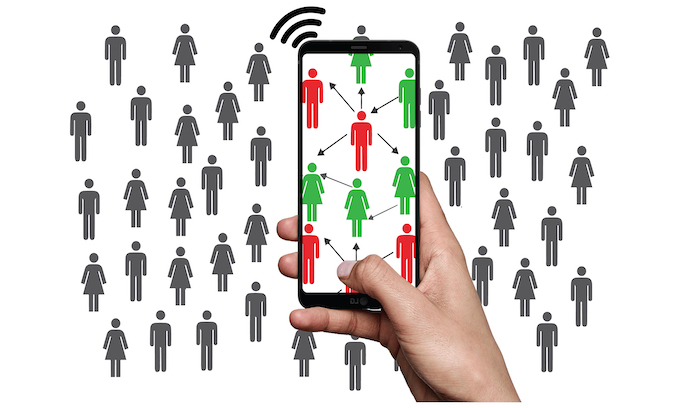

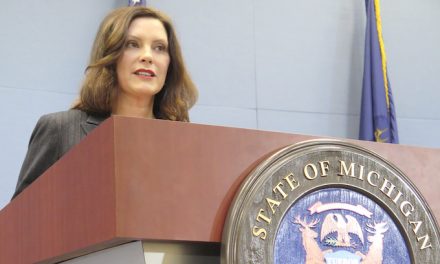

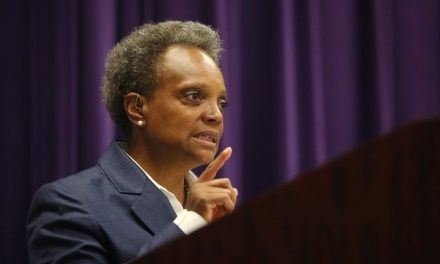






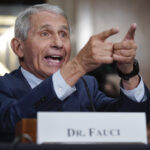


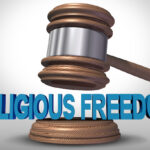

Recent Comments